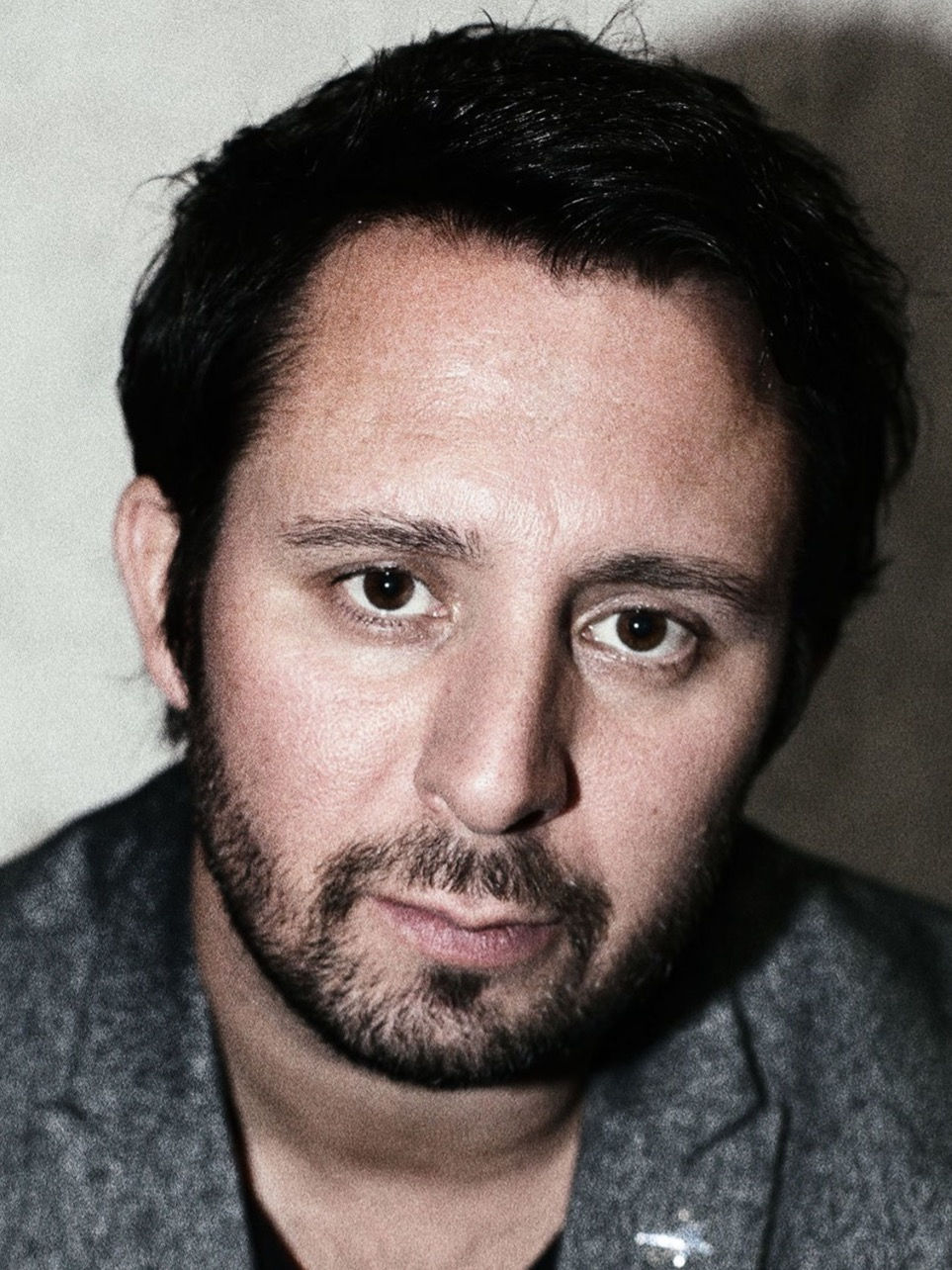ARTIST INTERVIEW SERIES: Anthony Tremmaglia
- Dec 29, 2019
- 2 min read
Anthony Tremmaglia’s work over the past four years has taken him on a journey of subconscious experience. It’s an exploration of different materials, the contrasts between them and how these relationships interplay in terms of the individual.
This is what he’s bringing to Art Vancouver’s upcoming International Art Fair in April 2020.

“I thought it was a good opportunity,” Tremmaglia says of being a first-time exhibitor at the art fair.
‘Lens to the human conversation’
Tremmaglia says his artwork is not meant to answer any questions. Rather, the intention is to provoke thought and conversation.
His choice of materials attempts to play against their own representation. While the use of stone or cut-out elements is evident in his work, they are actually none used.
“I think that’s what makes it unique. So, it’s identifiably human. You’re looking at form and light, but they contradict each other,” he says. “So, those materials play kind of odd to each other and almost look collage, but I paint everything. So, there’s no cutting of materials. It’s all on a flat surface.”

And the idea of collage is definitely a first impression, and yet, everything on the paper is either painted or drawn.
“Everything is created from the basis of charcoal and wood on paper. So, the materials are an important part,” he says. “And the idea of stone. I think there’s a constructive nature to it, that implication is there.”

He says stone, in particular, inspires him. He uses stone that he gathers during hikes in the Ottawa area as models for his work.
“Things are obviously born, and then to dust or broken down and then reconstructed,” Tremmaglia says. “So, there’s this lens to the human conversation.”
Art in the Capital
Tremmaglia works, lives and teaches in Ottawa. As an art community, he says it’s young, but growing.
“It’s certainly a nurturing city. It’s a very good city to be an artist in. A good place for creating and artmaking, a good community.”
Perhaps some of the growing that is still needed, he says, is in the art buying community.
“In terms of market, that to me is a little different, in my opinion, in the sense that the buying market might be a little different. It’s not as mature as I would say probably like Toronto or Vancouver or New York or London or areas like this. So, that’s where I find myself wanting to take paintings elsewhere.”

But, he says, people are becoming educated in art. Even with his own work that’s on display in Ottawa, it has taken some time.
“At first, they didn’t understand what they were looking at. Then as they observed it and took back more of the language of the painting, there was this realization, this shock,” he says.
Tremmaglia says the interpretation of art ultimately comes from the viewer. His perspective on something he’s created may be different than what the viewer sees, but that doesn’t make it any less valid.
“Each of the stories, whether they’re narratives or not, I can have more of a sense of them for myself on a personal level, which I think is important, but I don’t think it necessarily has to translate to someone else in that direct way. They can have their own experience by they take from it because of how abstract paintings are in a lot of ways.”
INTERVIEW BY NATHAN DUREC


